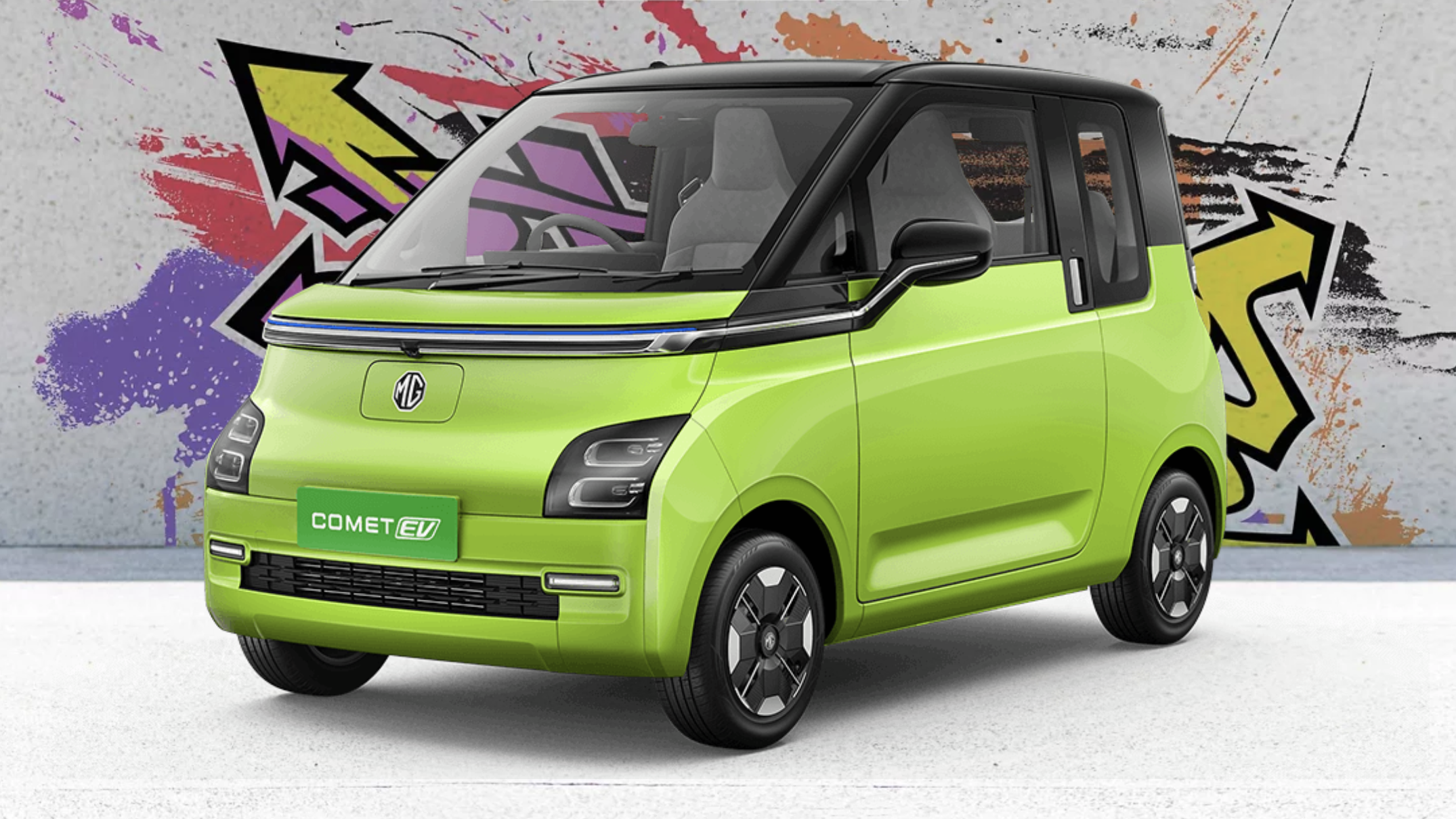Navigating the Electric Revolution: Finding the Most Affordable EVs in India
The Indian automotive landscape is undergoing a seismic shift, driven by growing environmental concerns and the government’s push for electric vehicle (EV) adoption. While the initial cost of EVs has been a barrier for many, the market is now witnessing a surge in affordable options, making the dream of owning an electric car more attainable than ever. This comprehensive guide delves into the realm of budget-friendly EVs in India, exploring their features, specifications, and the factors that contribute to their affordability.
India’s commitment to reducing its carbon footprint has led to significant incentives and policies aimed at promoting EV adoption. These initiatives, coupled with advancements in battery technology and increased manufacturing capabilities, have paved the way for the emergence of cost-effective electric cars.

Several key factors contribute to the affordability of electric vehicles in India:
Government Subsidies and Incentives: Central and state governments offer various subsidies, tax exemptions, and registration fee waivers to encourage EV adoption, significantly reducing the overall cost.

Let’s delve into the specific models that are making waves in the Indian EV market due to their affordability:
Tata Tiago EV
The Tata Tiago EV stands out as a strong contender in the affordable EV segment. Tata motors have been very aggressive in the EV market, and the Tiago EV is a testament to that.
Range and Battery: The Tiago EV offers multiple battery pack options, allowing consumers to choose a range that suits their needs. It provides a claimed range that is sufficient for urban commutes.
MG Comet EV
The MG Comet EV is another vehicle that aims to fill the niche of a small affordable city car.
Compact Design: The MG Comet EV’s ultra-compact design makes it ideal for navigating congested urban environments.
Citroën ë-C3
The Citroën ë-C3 brings a unique design and practical features to the affordable EV segment.
Design and Comfort: The ë-C3 boasts a distinctive design and a comfortable cabin, making it a pleasant driving experience.
Tata Tigor EV
The Tata Tigor EV, a compact electric sedan, offers a blend of practicality and affordability.
Sedan Design: The Tigor EV’s sedan design provides ample space for passengers and luggage, making it a practical choice for families.
Before making a purchase, it’s essential to consider the following factors:
Range and Charging Infrastructure
Assess your daily commuting needs and choose an EV with a range that meets those requirements.
Battery Life and Warranty
Inquire about the battery’s life expectancy and the warranty offered by the manufacturer.
Maintenance and Service
Research the availability of authorized service centers and the cost of maintenance and repairs.
Features and Comfort
Evaluate the features offered by the EV and ensure they meet your needs and preferences.
Resale Value
Research the resale value of the EV and consider its depreciation over time.
The Indian EV market is poised for significant growth, with increasing competition and technological advancements driving down prices and improving performance. As battery technology continues to evolve and manufacturing scales up, affordable EVs will become even more accessible to a wider range of consumers.
The Indian government’s commitment to promoting EV adoption will play a crucial role in shaping the future of affordable electric mobility. Continued subsidies, incentives, and infrastructure development will accelerate the transition to EVs.
Advancements in battery technology, motor efficiency, and charging infrastructure will enhance the performance and affordability of EVs. Innovations such as solid-state batteries and fast-charging technologies will address key concerns related to range and charging time.
The emergence of affordable electric cars in India is a significant step towards a sustainable and eco-friendly future. With a growing range of options, competitive pricing, and government support, owning an EV is becoming increasingly viable for Indian consumers. By carefully considering their needs and evaluating the available options, buyers can make informed decisions and contribute to the electric revolution. The future of affordable electric mobility in India looks bright, promising a cleaner and more sustainable transportation landscape for generations to come.
